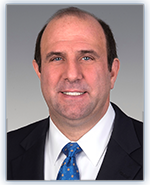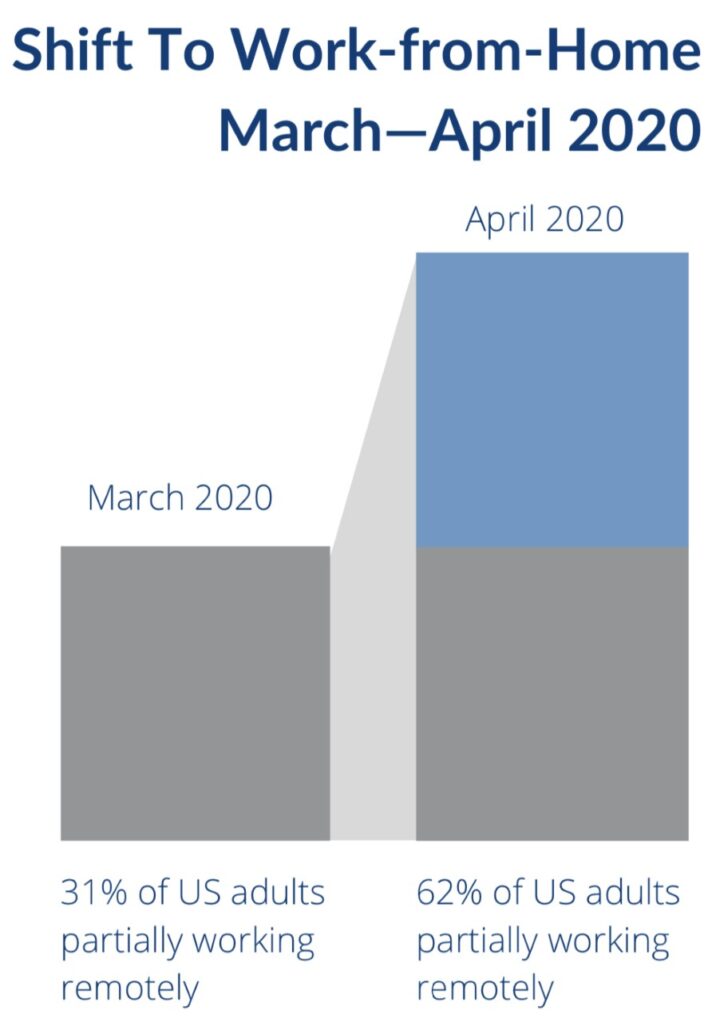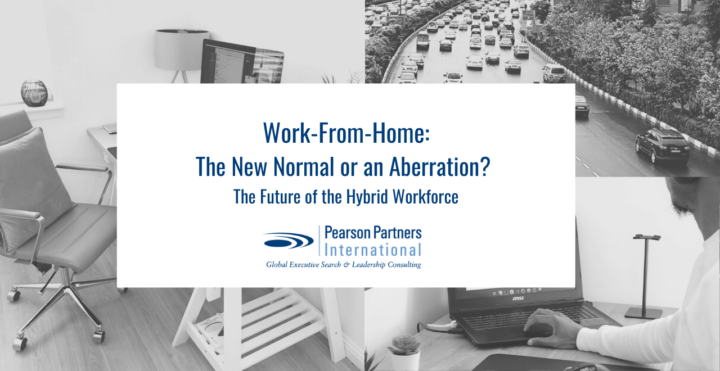Work-from-Home: The New Normal or an Aberration?

Stephen P. Konstans
Former SVP
In March 2020 at the onset of the global pandemic, the U.S. workforce underwent a nearly overnight shift to working from home. The speed at which most of our U.S. workers successfully pivoted to work-from home is an incredible testament to the ingenuity and adaptability of the human spirit. Fifteen months later, many people are contemplating what work will look like in a post-pandemic era, whether in-office, at home or in some form of hybrid model.
Not surprisingly, it depends on whom you ask. Many business leaders in information technology, healthcare, customer service and sales, for example, expect to continue at least some hybrid form of remote work, according to a recent Gartner survey, while other industries are more conservative about plans to continue work-from-home in the long-term. For example, financial services firms have been eager to return to the office full-time for many reasons, including security and compliance issues and concerns about firm culture.

Goldman Sachs Chief Executive Officer David Solomon, speaking at a February 2021 Credit Suisse virtual conference, said, “This [work-from-home] is not ideal for us, and it’s not a new normal. It’s an aberration that we are going to correct as quickly as possible.” (Bloomberg, 2021). Bucking the trend of many companies that have said they plan for some form of long-term hybrid work, Goldman Sachs announced in May that it plans for nearly the entirety of its workforce to return to the office by June 2021.
Regardless of differing viewpoints, we certainly have been living a new normal for the past fifteen months. The speed of this fundamental change was vividly illustrated in an April 2020 Gallup poll, which showed that less than a third (31 percent) of adults in America were working from home at least some of the time in March 2020, but just a few weeks later in April 2020, that number had doubled to 62 percent.
Fast forward to a year later, and a March 2021 Gartner survey of 258 HR leaders revealed that nearly half (45 percent) expected their workforce to return to the office in the third quarter of 2021, with another quarter (24 percent) projecting the fourth quarter of 2021.
As a retained executive search consultant, I find questions about the impact of work-from-home very important to my livelihood. I have had a lot of anecdotal experience with this issue during the last fifteen months, but I wanted to research the answers more thoroughly so that I could better serve my clients. To do so, I asked a diverse group of my clients and business contacts—including CEOs, CHROs, consultants and other business executives across the United States and in a broad range of industries—for their thoughts.
I believe that, by and large, people and companies depend on in-person teamwork and mentoring to be their very best. I predict that when the dust settles and the pandemic is behind us, most employees will have returned to the office at least most of the time, while about 35 percent of employees will remain working from home regularly. This represents only a small increment from pre-pandemic levels rather than a titanic change in how work gets done.
Read my full study (PDF) to learn about my research and the reasons behind my prediction.

Related Posts
- ← D CEO Names Renee Arrington to Dallas 500 Most Powerful Business Leaders
- Am I Working Toward My Highest Purpose? →
















